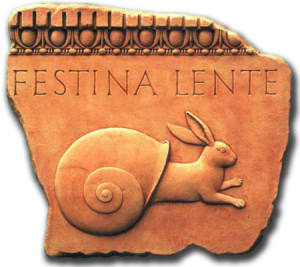A colleague is attending the nginx conference in Austin this week, and shared with me several anecdotes in which a speaker preached misinformation – or if I want to be generous, grievously outdated information – about Apache httpd, to support the notion that nginx is better.
This led to the following:
I’m getting seriously weary of the nginx community lying about Apache httpd to make their product look better. Compete on features, not lies
— Rich Bowen (@rbowen) September 8, 2016
Here’s an honest, non-clickbaity, practical comparison of Apache httpd and nginx that’s worth reading: https://t.co/FvAImgxccu
— Rich Bowen (@rbowen) September 8, 2016
Comparing your nginx install to a 12 year old, misconfigured Apache 2.2 server isn’t honest. Y’all need to stop that.
— Rich Bowen (@rbowen) September 8, 2016
nginx is a good solid product on its own merits. There’s absolutely no need to lie about Apache httpd to convince people of that.
— Rich Bowen (@rbowen) September 8, 2016
Each time I have encountered nginx people at conferences, and attended their talks, they have compared nginx to grossly misconfigured, 10 year old installations of Apache httpd 2.2 to support their claim that nginx is leaner, faster, and easier to administer.
Here’s the thing. nginx is a solid project. I have zero beef with the software itself. I have used it myself, when the need arose. What I object to is the habit of the fans of nginx to lie (or exaggerate, or just spout uninformed opinions) to make themselves look better. If you must compare, compare our latest to your latest, and have experts correctly configure each. That way, each will show where it shines, and where it doesn’t.
It is possible to configure ANY software badly. This is why it’s almost always a bad idea for an expert on SoftwareA, who knows little or nothing about SoftwareB, to compare them head to head – they’ll invariably be comparing a well-configured A to a less than optimally configured B. And in the case of nginx vs Apache httpd, these guys almost always use 2.2 or 1.3 as an example of … well, all of the things that 2.4 fixed. 5 years ago.
Any intro to marketing class will tell you that you need to talk about your own strengths more than you talk about the other guy’s weaknesses. This is a message that nginx and presidential candidates seem to have missed. And, in the case of software, it’s even more important, because whereas Donald Trump will always be a monster, every time you point out a legitimate shortcoming in Apache httpd, we fix it.



